Underrepresentation of women in cardiology leadership roles linked to persistent gender inequality in clinical trials.

In a trio of studies analyzing trends in cardiology research funding, clinical trials and leadership, Johns Hopkins Medicine researchers say some progress has been made in the gender gap that has long favored men, but inequalities persist and are likely linked to ongoing disparities in outcomes for women with heart disease.
The findings, the investigators say, further document the long-standing underrepresentation of women in cardiology leadership roles despite the growing number of women entering medical research and practice, and they highlight what the investigators say are the risks of underrepresenting women in clinical research. Although heart disease is the leading cause of death for both men and women in the United States, women’s heart disease symptoms, treatments and outcomes often differ from those of men, yet women — especially those of child-bearing age — are less often recruited for drug trials and other cardiovascular research.
“Diversity in science is better science,” says Erin Michos, M.D., M.H.S., associate professor at the Johns Hopkins University School of Medicine and senior author of the published reports for all three studies. “The lack of female leaders in [cardiology] studies not only has implications for the professional development of the researchers but also for the patients they treat.”
“Having more women in science can bring up issues that are relevant to women,” she says. “And our studies overall suggest that promoting women in trial leadership can confront gender bias, improve diversity and inclusivity, and reduce sex and gender-related inequalities in science.”
In a study combing the public database of grant awardees from 2011 and 2020 at the National Institutes of Health (NIH), published in the April issue of the Journal of the American College of Cardiology, analysis showed that 80% of research grants and more total funding dollars were allocated to male investigators. Encouraging trends showed that over time, more grants are being awarded to women (18 in 2011 versus 47 in 2020), but disparities persist.
“Although I’m cautiously optimistic that there’s been an uptick in funding for women-led cardiology research, the uptick is still modest,” says Michos.
In a separate analysis looking at authors of studies designed to test treatments for atrial fibrillation (Afib), published Feb. 22 in the Journal of the American Heart Association, Michos and colleagues found that a higher representation of women authors, representing the leadership team of the clinical trials, was linked to increased enrollment of women participants. Among 136 trials analyzed from 1985 and 2019, 14% of the authors were women and an average of 35.1% of participants in those trials were women. Michos notes that overall, for every 1% increase in women authors, there was a 19% increase in women enrolled in the Afib trials.
A third report, published Feb. 25 in JAMA Network Open, looked at the gender of authors in pivotal trials supporting U.S. Food and Drug Administration (FDA) approval of new cardiovascular drugs. From 2008 and 2020, only 10% of authors were women. Women accounted for 7.5% of first authors and 11.3% of senior authors.
In a 2019 data report from the Association of American Medical Colleges, 14.9% of the nation’s academic cardiologists were women. Michos says that percentage is in contrast to the fact that women have made up nearly half of U.S. medical students in recent years. Clearly, she says, women are not choosing cardiology as a specialty.
Michos suspects that some aspects of the cardiology culture and climate, and a lack of sponsorship and mentorship, are keeping women away. “You can’t be what you can’t see, so we need to get to the root of the problem and figure out why talented women medical students and internal medicine residents are not choosing cardiology for their careers,” she says.
Some Findings of the Three Studies
From 2011 and 2020, NIH funding for 1,534 R01 grants — fundamental four-year or five-year grants for high rated independent projects — amounted to $761.4 million awarded for cardiovascular research.
- Women were awarded just 307 of 1,534 grants —about 20%.
“Possible factors may include fewer female cardiologists, fewer female applicants or unfair evaluation during grant application review,” the study notes. Michos cautions that the database only reported funded research grants and did not account for the number of grant applications submitted by gender.
Women authored 14% of Afib trials, out of 136 trials from 1985 and 2019.
- Overall, the average percentage of women participants in the trials was 35.1%, which did not improve significantly over time.
- The average number of authors per trial was 10. The average number of women authors per trial was one.
- Among the 136 trials, 127 had men as first authors (93%) and 125 had men as senior authors (92%).
Women comprised 10% of cardiovascular clinical trial leadership. The underrepresentation of women persisted across eight classes of cardiovascular disease medications included in the analysis of trial reports used to support FDA approval of 26 new drugs from 2008 and 2020. Of report authors, 90% were men, and women accounted for 7.5% of first authors.
“Promoting gender diversity at an organizational scale and devising action plans to enable women’s full participation in leadership roles can reduce sex/gender-related disparities in clinical research,” Michos adds. “Diverse investigator teams may help bridge concerns of mistrust. Improve representation of women and diverse investigators in cardiovascular trial leadership likely will benefit women and underrepresented patients.”


